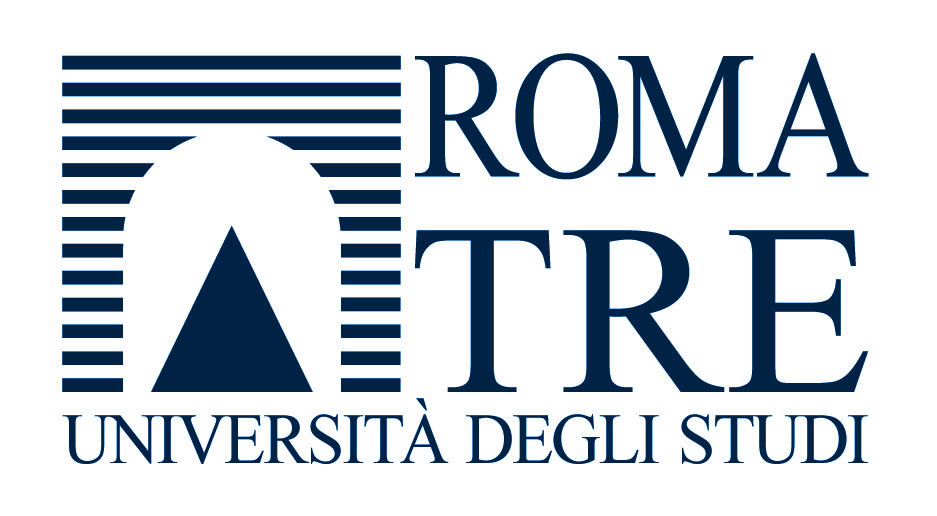| REMOTE DETECTION OF THE ENVIRONMENT
(objectives)
Purpose of the class on Remote-sensing of the Environment is to provide to students the necessary basic culture and the operative instruments to select, process, and interpret the most appropriate remote-sensing images to specific applications on vegetation, geo-resources, geo-environment. In this way, the class is includes practicing to learn both the basic principles of remote-sensing and the required knowledge for the optimum use of the spectral-radiometric and geometric characteristics of the images. In the environmental studies, the acquired competences allows a first approach to the regional study of the distribution and stress of the vegetation on our planet, together with the identification of potential areas of geo-resource interest. Though the comparison among images collected in different dates, the student will be able to evaluate the impact due to natural and anthropic-related events.
|
|
Code
|
20410544 |
|
Language
|
ITA |
|
Type of certificate
|
Profit certificate
|
|
Credits
|
6
|
|
Scientific Disciplinary Sector Code
|
GEO/03
|
|
Contact Hours
|
32
|
|
Laboratory Hours
|
20
|
|
Type of Activity
|
Related or supplementary learning activities
|
|
Teacher
|
BUONGIORNO MARIA FABRIZIA
(syllabus)
Origin and brief history of remote sensing. E.m. spectrum and its interaction with surface materials (water/ice, vegetation, soils, rocks). Spatial, spectral, radiometric and temporal resolution. Elements of Spectral radiometry: reflectance, transmittance, emittance. Image spectroscopy: interaction with the atmosphere, spectral signatures of surfaces. Techniques of processing and interpretation of images at the regional and local scales. Description of the current EO satellite missions and sensors (image sensors) available to study geophysical phenomena and environmental variables. Description of the processing chains to obtain different level of data products. The course will also describe the techniques to calibrate and validate products (from optical sensors) using ground observations. The course will also give basic knowledge on techniques to estimate columnar content of gas emissions from point sources (Volcano, geothermal areas). For SAR instrument the focus will be on interferometric techniques and change detections to study deformation in seismic areas and earthquake damages.
|
|
Dates of beginning and end of teaching activities
|
From to |
|
Delivery mode
|
Traditional
At a distance
|
|
Attendance
|
not mandatory
|
|
Teacher
|
Musacchio Massimo
(syllabus)
the exam will be organized to verify the achievement of the course objectives.
It will include the discussion of the results of a practical test also performed as a team work and questions concerning the program
(reference books)
Samantha_Lavender Andrew Lavender Practical Handbook of Remote Sensing
|
|
Dates of beginning and end of teaching activities
|
From to |
|
Delivery mode
|
Traditional
|
|
Attendance
|
not mandatory
|
|
|
 Università Roma Tre
Università Roma Tre